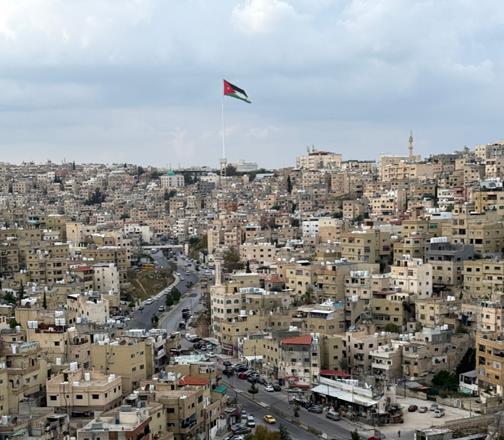
Kingdom's Current Population Stands At 11.7M HPC
The average family size is 4.8 people, where the number of registered births of all nationalities during the years 2010-2023 reached about 2.86 million births with an annual average of more than 200,000 births (around one million births every five years), according to a HPC statement.
The number of registered Syrian births during the years 2012-2023 reached about 204,000 births, comprising 64 per cent of all non-Jordanian births in the Kingdom, the council added.
The HPC said that only one quarter, 24 per cent, of children under six months of age depend exclusively on breastfeeding.
The infant mortality rate is 14 deaths per 1,000 live births, and the neonatal mortality rate is nine deaths per 1,000 live births (for 2023), the statement said.
Maternal mortality ratio in 2022 stood at 33 deaths per 100,000 live births (28 when the impact of the COVID-19 pandemic is excluded).
The percentage of girls under the age of 18 who married in 2023 was 11.2 per cent of the total number of first-time marriages, where the highest rate was in Mafraq with 19 per cent, and reached 38 per cent among Syrian refugees in 2022.
In the years 2010-2023, around 120,000 girls under the age of 18 years were married, the HPC noted.
The percentage of children under the age of 15 in 2023 was 34.4 per cent, or about four million, the proportion of children below the age of 17 among Syrian refugees, according to UNHCR statistics in 2024 was 48.5 per cent.
The number of children below the age of 10 years is 2.5 million, 44.7 per cent of the population is under the age of 20 years, amounting to 5.2 million of children and adolescents.
The number of elderly population in 2023 who were 65 years and above stood at 425,000, making up 3.7 per cent of the total population.
The unemployment rate among Jordanians in 2023 stood at 19.6 per cent among males and 30.7 per cent among females, and some 70 per cent of the unemployed Jordanians are males, where 60 per cent of the unemployed males do not have a secondary education degree.
Only 8 per cent of the population lives in the southern governorates of the Kingdom, 63.5 per cent lives in the central governorates, and 28.5 per cent lives in the northern governorates.
Three-quarters of the population lives in three governorates of Amman, Irbid, and Zarqa, while Mafraq comes fourth and is the highest governorate in the percentage (not the number) of Syrian refugees among its population, the HPC said.

Legal Disclaimer:
MENAFN provides the information “as is” without warranty of any kind. We do not accept any responsibility or liability for the accuracy, content, images, videos, licenses, completeness, legality, or reliability of the information contained in this article. If you have any complaints or copyright issues related to this article, kindly contact the provider above.






















Comments
No comment